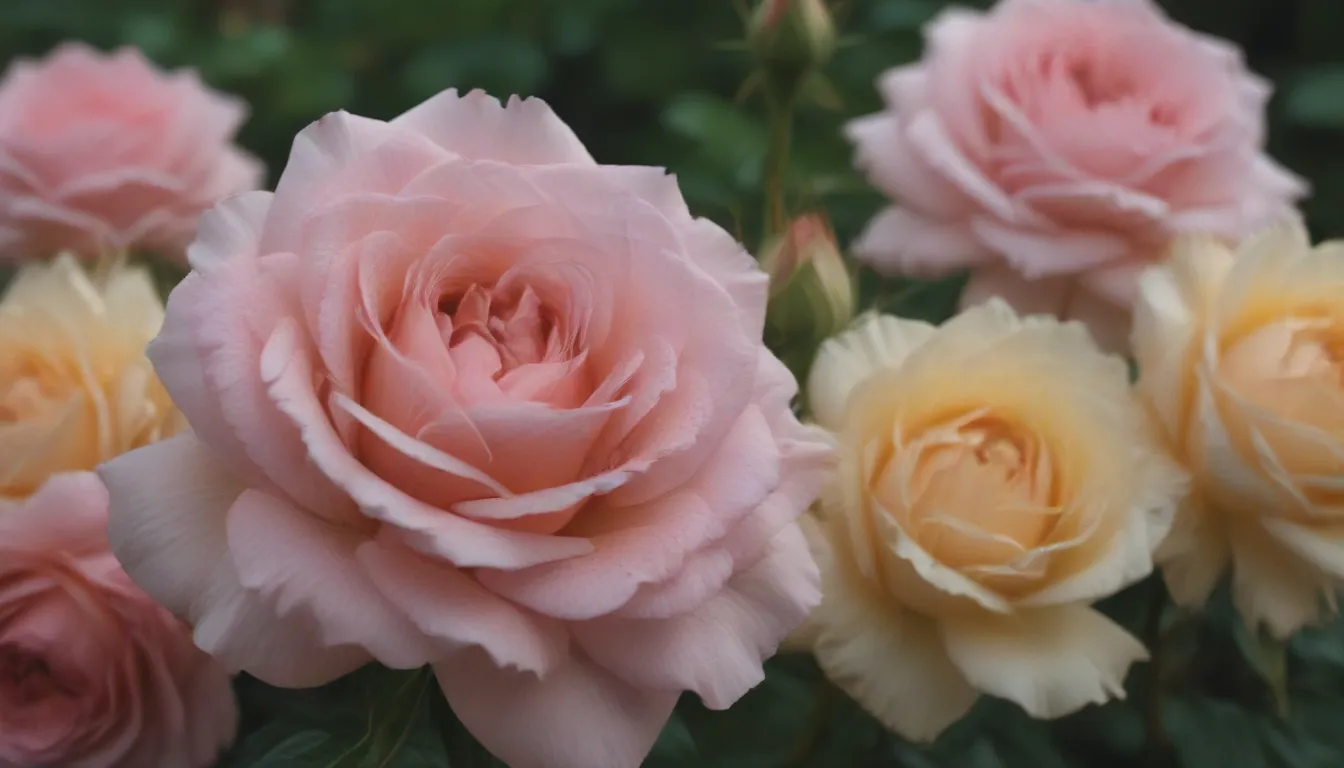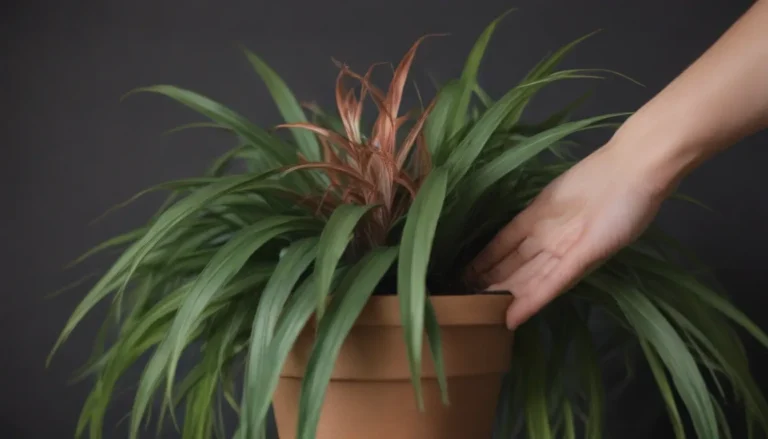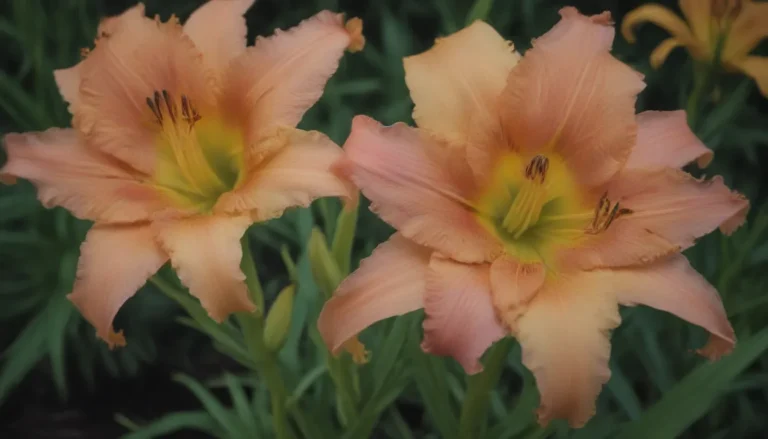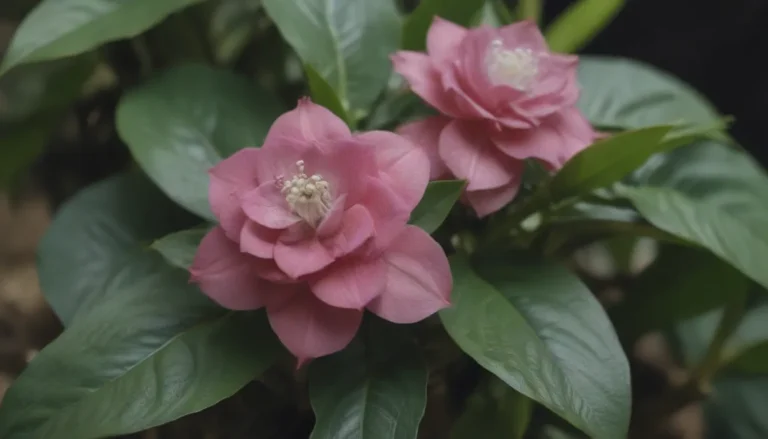Comprehensive Guide to Solving Common Rose Problems

Roses are often considered the queen of flowers, but even royalty can experience issues from time to time. Whether you’re a seasoned gardener or just starting out, dealing with common rose problems can be frustrating. From aphids to powdery mildew, there are several challenges that rose enthusiasts may encounter. In this comprehensive guide, we will explore 10 common rose problems and provide practical solutions to help you maintain healthy and vibrant rose bushes in your garden.
1. Aphids on Roses
Aphids are a common pest that can wreak havoc on your rose bushes. These tiny, pear-shaped insects love to feed on succulent new growth, leading to puckered, brittle, and yellow leaves. While a single aphid may not pose a significant threat, colonies can multiply rapidly, causing damage to your plants.
Symptoms of Aphid Infestation:
- Puckered leaves
- Brittle foliage
- Yellowing plants
- Decline in overall plant health
Control Tips:
– Use a strong blast of water to hose off aphids from the plant.
– Try homemade spray remedies or insecticidal soap for more stubborn infestations.
– Attract lady beetles to your garden, as they are natural predators of aphids.
2. Black Spot on Roses
Black spot is a common fungal disease that plagues many rose varieties, especially heirloom roses. Warm, wet, or humid weather conditions create the ideal environment for black spots to thrive. Early detection and prompt action are key to controlling this disease.
Symptoms of Black Spot:
- Small black spots on leaves
- Yellow rings around spots
- Yellowing and dropping of leaves
- Plant defoliation in severe cases
Control Tips:
– Maintain good growing conditions with full sun, adequate water, and air circulation.
– Clean up fallen leaves and debris to prevent over-wintering spores.
– Apply Bordeaux Mix, neem oil, or sulfur to control black spot.
3. Powdery Mildew on Roses
Powdery mildew is another fungal disease that can affect roses, particularly in hot, dry weather with cool, moist nights. This disease manifests as mold on leaves and stems, eventually forming a white coating across the plant. Prevention is key to managing powdery mildew effectively.
Symptoms of Powdery Mildew:
- Puckered leaves
- Mold formation on leaves and stems
- Thin white coating spreading across the plant
Control Tips:
– Use a homemade baking soda spray as a preventative measure.
– Apply a homemade milk spray once symptoms appear for effective control.
4. Cercospora Leaf Spot of Roses
Cercospora leaf spot, also known as rose leaf spot, is caused by the fungus Cercospora rosicola. This disease presents as small circular spots on the leaves, which gradually enlarge and develop a purple halo. Effective management strategies can help prevent the spread of this fungus.
Symptoms of Cercospora Leaf Spot:
- Circular spots on leaves
- Purple halo around spots
- Grayish-tan centers as tissue dies
Control Tips:
– Remove and dispose of affected leaves immediately.
– Apply fungicides or homemade remedies like baking soda to control the fungus.
– Mulch under rose bushes to prevent spores from splashing onto plants.
5. Crown Gall on Roses
Crown gall is a plant disorder caused by the bacterium Agrobacterium tumefaciens, leading to poor growth and weak plants. This condition typically affects roses through wounds from pruning, transplanting, or breakage. Understanding the symptoms and preventive measures can help manage crown gall effectively.
Symptoms of Crown Gall:
- Small growth near soil line on stem, crown, or roots
- Pale-colored, round growths enlarging into rough, irregular shapes
Control Tips:
– Remove infected plants and dispose of them away from compost bins.
– Avoid replanting in the same spot for at least five years to prevent recurrence.
6. Japanese Beetles on Roses
Japanese beetles are notorious pests that feed on a wide range of plants, including rose bushes. These metallic beetles can cause extensive damage by skeletonizing leaves and distorting flowers. Identifying early signs of infestation and implementing control measures are essential in managing Japanese beetles.
Symptoms of Japanese Beetle Infestation:
- Skeletonized leaves
- Distorted flowers and buds
- Defoliation of entire plants
Control Tips:
– Hand-pick adult Japanese beetles and dispose of them in soapy water.
– Target the grub stage in the lawn to reduce adult populations.
7. Rose Mosaic Virus
Rose mosaic virus refers to two viruses, prunus necrotic ringspot virus and apple mosaic virus, affecting rose plants through vegetative propagation. While symptoms may vary, infected roses typically exhibit poor vigor, stunted growth, and reduced flowering. Prevention through certified virus-free plants is crucial in managing this viral infection.
Common Symptoms of Rose Mosaic Virus:
- Poor plant vigor
- Stunted growth
- Fewer flowers
Control Tips:
– Purchase certified virus-free plants to avoid infection.
Note: Cutting out affected canes is only a cosmetic measure, as the virus remains systemic.
8. Rose Curculios
Rose curculios are reddish-brown weevils that feed on rose flower buds, causing damage and deformities. Identifying and controlling these pests is essential to prevent further damage to your roses.
Control Tips:
– Hand-pick adult rose curculios and remove infested buds.
– Use broad-spectrum or organic insecticides for severe infestations.
9. Rose and Pear Slugs
Rose and pear slugs, larvae of sawflies, can feed on rose leaves, causing damage to the plant. Recognizing different species of rose slugs and implementing control measures can help protect your roses from these pests.
Control Tips:
– Use a strong blast of water to remove larvae from leaves.
– Apply neem oil or insecticidal soap for effective control.
10. Thrips on Roses
Thrips are common pests that feed on rose flower buds and leaves, causing distortion and discoloration. Managing thrips infestations through a combination of natural predators and horticultural practices is crucial for maintaining healthy roses.
Control Tips:
– Remove symptomatic buds and debris to curb thrips populations.
– Use horticultural oils or insecticidal soaps for effective control.
Conclusion
By understanding and addressing common rose problems promptly, you can ensure the health and vitality of your rose bushes. Implementing preventative measures, practicing good garden hygiene, and utilizing appropriate control strategies can help you overcome challenges in rose cultivation. Remember, a little care and attention can go a long way in maintaining beautiful and thriving rose plants in your garden.





